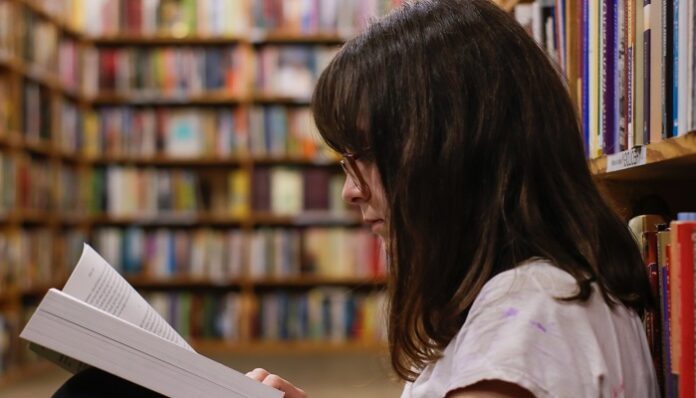
There are two sides to every story. Multiple viewpoints can help enrich a story, intertwining their POVs or providing a different spin entirely. Some tales require a wider lens, more recollections, or different contexts.
So, why are so many contemporary books showcasing multiple viewpoints? Are the viewpoints technical, as evidenced below, or something more nuanced and diverse? To answer the technical question of why contemporary books display different POVs, let’s take a quick dive into the types.
There are three types of point of view in literature:
1. First-person point of view
This POV involves one of the characters telling the story. It is characterized by the use of the first person pronoun, “I,” such as “I went to the movies.” Readers can deduce that this is the main character or someone in proximity.
Providing a window into the character’s inner thoughts, it gives a uniquely personal look. A downside to first-person POV is the limitations that it places on the story as a whole. The confines of the character’s mind hold us captive. Scout of To Kill A Mockingbird by Harper Lee is an excellent example of first-person narration.
2. Second-person point of view
The least common point of view, second-person places the reader in the thick of the action, so to speak. As the narrator directly engages the reader, the audience will feel as if they are part of the story. Using the pronoun “you,” it speaks directly to the reader. One popular example is Bright Lights, Big City by Jay McInerney.
3. Third-person point of view:
The writer is telling the story and refers to the characters in the third person, using the pronouns “she/he,” such as “She was late for class.” There are two subtypes of the third-person: omniscient and limited. Omniscient is an all-knowing narrator in which the reader is privy to all details of the story. Limited is when the narrator gives us the story from one protagonist’s viewpoint and uses third-party pronouns like he/she/they. Gossip Girl by Cecily Von Ziegesar is an example of third-person omniscient. London by Edward Rutherfurd uses third-person limited.
Telling the tale through multiple viewpoints provides a comprehensive look into characters’ motives, actions, and personalities. The answer to the question of why so many contemporary books display multiple viewpoints is two-fold.
POVs can be a literary device, which, when authors use them properly, are able to create entire universes rich with characters and perspectives that entwine us. In Paula Hawkins’ The Girl On The Train, we meet three very different women whose lives are interconnected by a series of events that even the most prolific reader would have trouble deciphering until the end.
Gillian Flynn’s Gone Girl gives us the gift of a husband and wife who are not as they appear to be. It has the audience questioning the very reality of what they’re reading, wondering if they are even gaslighting themselves.
Another reason for including multiple viewpoints is very literal.
As a society, we are more diverse than ever. It is imperative to display larger scopes and inclusive voices.
Celeste Ng’s Little Fires Everywhere interconnects an African American mother and daughter with a privileged white family. As Ng takes us on an unprecedented series of twists and turns, we gradually find pieces of a puzzle that will ultimately ask the reader the question, “Do bridges truly burn?” The components of classism, racism, and motherhood parallel the obstacles the BIPOC community faces every day.
In a masterfully recrafted telling, Nghi Vo’s The Chosen And The Beautiful, Jordan Baker gives new life to Daisy and Jay in the world of The Great Gatsby. In the original, we see Nick Carraway as the first-person narrator, only for Jordan to replace him in this retelling. As a queer, Vietnamese woman, she is adopted into privilege. While set in the Jazz Age, its relevance is as true now as it was then. Just as soon a privilege can be given, it can be taken away, along with the protections it holds.
Once handcrafted and rare, books only lined the shelves of the wealthy and powerful. Books contained knowledge, and knowledge was power. And those in the throes of it were not going to allow others to take it. Over oceans, revolutions, and wars, the power in books is now in the hands of the people. Though oppression still exists, there is a safe space at the table.
So whether you’re peeking from a train, lighting a fire, or retelling an old tale, we can all benefit from a different perspective.
Feature Image by Eliott Reyna on Unsplash


















